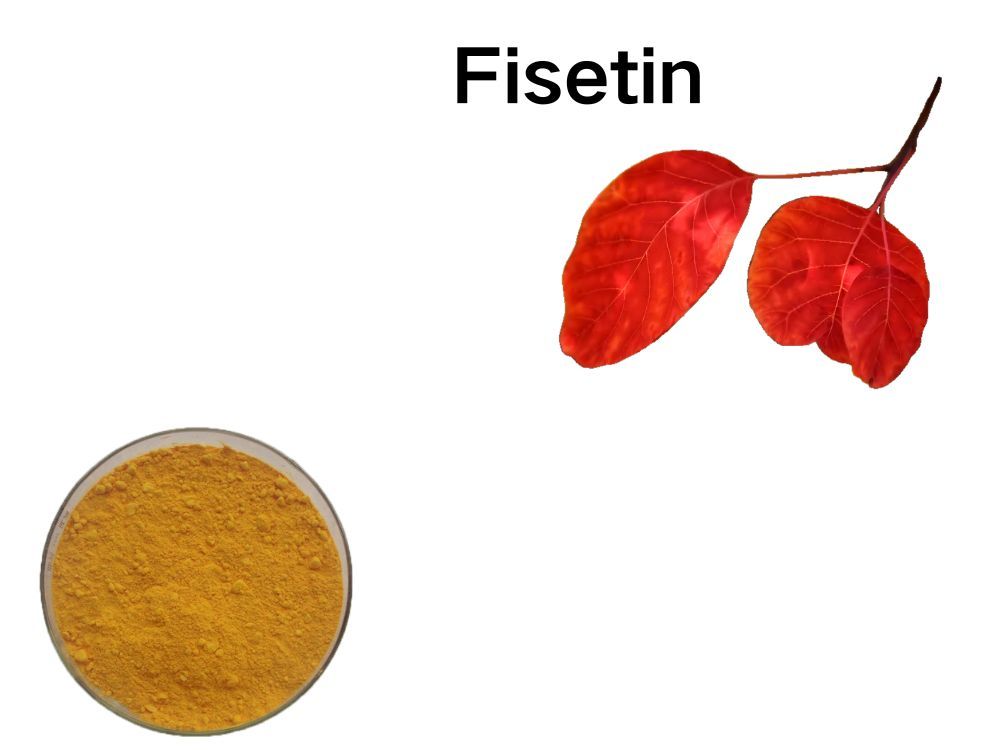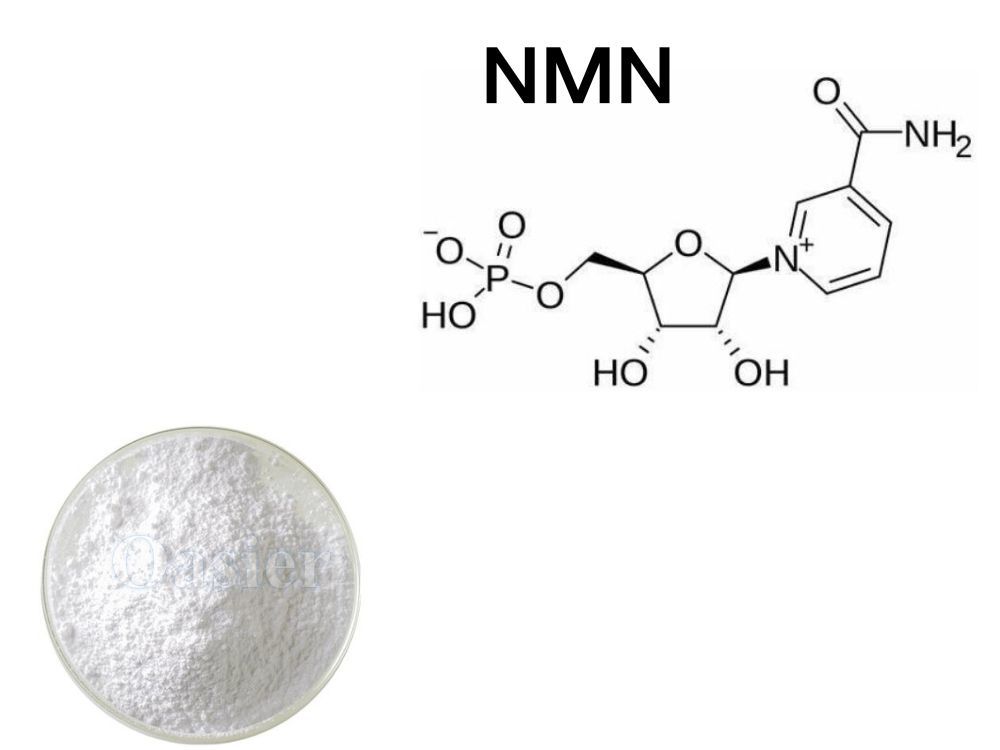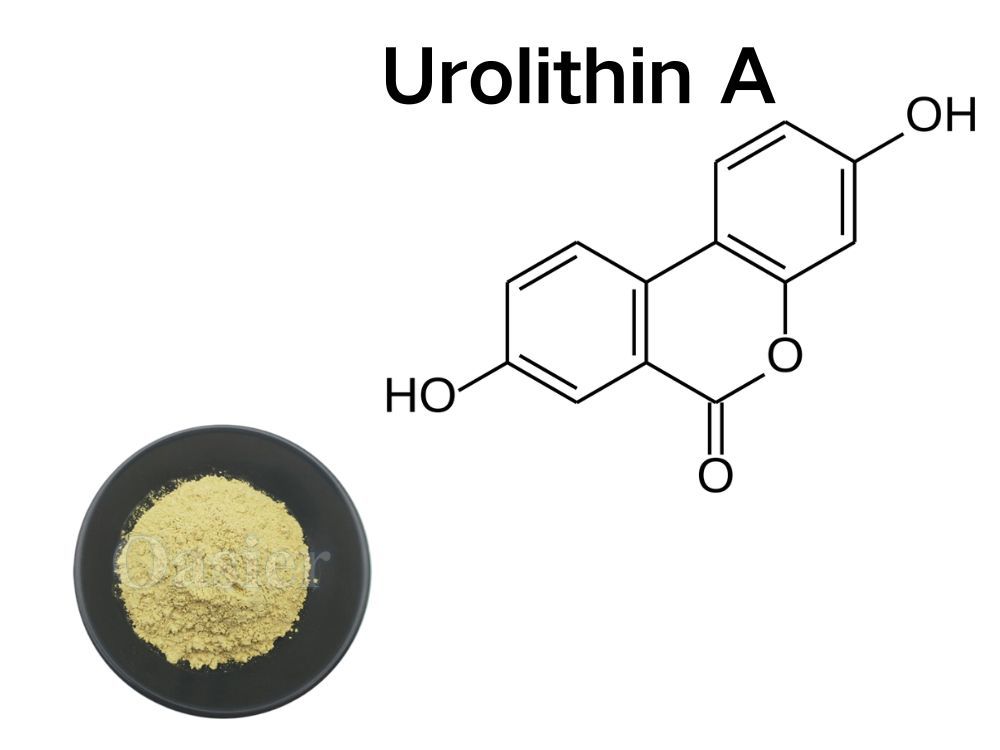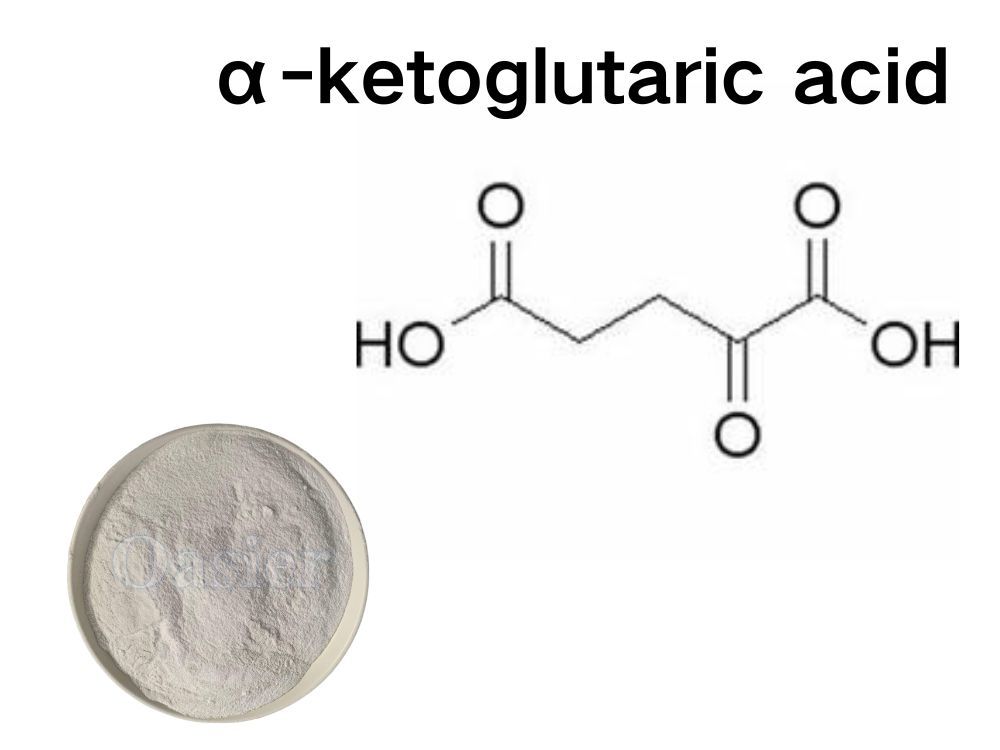Source of raw materials
Bulk Stock Cranberry fruit extract
Category
Food
Keyword
bacteria
cranberry
helicobacter
Product details
Plant source: the fruit of cranberry in the genus Vaccinium of Rhododendron family
Specification: 5% - 50% procyanidins
Appearance: purplish red fine powder
Packing: 25kg / barrel
Form: Powder
CoA: available
Shelf life: two years
Sample: free sample
Applications: food, medicine and health products
It is the common name of the subgenus Rubus (also known as the subgenus Artemisia) of blueberry in the Rhododendron family. It mainly grows in cold North American wetlands, such as Massachusetts, Wisconsin and Maine in the north of the United States, Quebec and Columbia in Canada.
Chemical composition
1. Proanthocyanidins: proanthocyanidins are the general name of a large class of polyphenol compounds that widely exist in various plants. Their structure is catechin, epicatechin or the polymer of catechin and epicatechin. Current studies have proved that type a procyanidins unique to cranberries are the main antibacterial components in cranberries, while type B procyanidins existing in grapes, tea and apples have no similar effects. Procyanidins in cranberries contain one or more A-type flavane bonds. They are mainly oligomers or multimers of epicatechin and epigallocatechin.
2. Anthocyanin: it is the product of glycosylation of anthocyanin glycosides, mainly including anthocyanin-3-galactoside, anthocyanin-3-arabinoside, and methyl anthocyanin-3-galactoside.
3. Flavonol: hyperin, pentahydroxyflavone, myricetin, quercetin and other flavonol alcohols.
4. Phenolic acid: mainly including benzoic acid and phenylacrylic acid (cinnamic acid).
5. Others: pectin, ellagic acid, resveratrol, lignan, ursolic acid, tocotrienol and ω- 3 fatty acids, vitamin C, minerals.
Effect
(1) Cranberry extract helps to inhibit the growth and reproduction of various pathogenic bacteria, prevent these pathogenic bacteria from adhering to cells in the body (such as urinary tract epithelial cells), and prevent and control female urinary tract infection and Helicobacter pylori infection;
(2) Reduce cardiovascular aging lesions;
(3) Anti aging, avoid senile dementia;
(4) Keep your skin young and healthy.
Efficacy study
1. Anti infection effect: according to domestic and foreign literature reports, it is suggested that the daily dosage of cranberry proanthocyanidins should be 36-108mg in order to exert the antibacterial effect of cranberry extract. Cranberry has a history of more than 500 years. It is still widely used as a traditional food ingredient in North America in the form of jam, juice, pie and other forms. No side effects have been found. At the same time, cranberry can reduce bacterial adhesion to achieve the purpose of anti infection. The mechanism of action is completely different from that of antibiotics and will not produce drug resistance.
Cranberry also contains a variety of active ingredients and trace elements beneficial to human health, which are more beneficial to human health.
(1) The most common pathogenic bacteria of urinary tract infection are Gram-negative bacilli, of which E. coli is the most common, accounting for 80% ~ 90% of acute urinary tract infection, followed by P. coli, proteus, Klebsiella, aerobacteria, alkalobacillus and Pseudomonas aeruginosa. The structure of proanthocyanidins connected by type A in cranberry is very unique. It can conflict with the exogenous coagulant of the bacterial cilia, so that the bacteria can not bind with the cell receptor. Through this competitive inhibition, the effective anti-bacterial adhesion characteristics are exerted, and the pathogenic bacteria such as E. coli are prevented from adhering to the epithelial cells of the urethra and the bladder wall, and the pathogenic bacteria flow away with the urine, thus preventing the occurrence of urinary tract infection. In order to confirm the existence of the bacteriostatic effect of cranberry, researchers at home and abroad conducted bacteriostatic experiments on several Gram-positive bacteria and Gram-negative bacteria including Escherichia coli and Staphylococcus aureus with cranberry juice, cranberry concentrated juice and cranberry extract, and obtained different degrees of bacteriostatic effects
(2) Clearance of Helicobacter pylori Helicobacter pylori infection is the main pathogenic factor of chronic active gastritis, peptic ulcer, gastric mucosa associated lymphoid tissue lymphoma and gastric cancer. A large number of studies have shown that more than 90% of duodenal ulcers and 80% of gastric ulcers are caused by Helicobacter pylori infection. In 1994, the World Health Organization / International Agency for research on cancer (who / IARC) classified Helicobacter pylori as a class I carcinogen. The adhesion of Helicobacter pylori is a necessary condition for its colonization in the gastric mucosal epithelium. Cranberries will make it difficult for Helicobacter pylori existing in the stomach to adhere to the cells of the gastric wall, so that the bacteria causing gastric infection cannot reproduce in the gastric wall and are discharged from the body. This kind of diet can inhibit the adhesion of bacteria to gastric mucosal epithelial cells, which will be a good alternative to drug therapy.
(3) Inhibition of oral bacteria Porphyromonas gingivalis is the main cause of periodontitis. The latest research shows that although Cranberry type a proanthocyanidins can not reduce the reproduction of bacteria, it is a powerful inhibitor of gingival biofilm formation, reducing the ability of Porphyromonas gingivalis to colonize the periodontal, and playing a beneficial role in preventing and treating periodontitis. In addition, other experiments also showed that type a procyanidins had similar effects on Candida albicans.
2. Antioxidant effect: the proanthocyanidins contained in cranberries are the most effective antioxidants, and their antioxidant capacity is 20 times that of VC and 50 times that of VE. In the experiment of the effect of cranberry on the antioxidant function of aging mice and irradiated mice, domestic researchers used natural aging and irradiated mice to give different doses of cranberry fruit powder for 30 days, and measured the activity of superoxide dismutase (SOD), glutathione peroxidase (GSH PX) and the content of malondialdehyde (MDA) in the blood and liver tissues of mice. The results showed that cranberry could improve the antioxidant capacity of natural aging and irradiated mice. In addition, foreign researchers recently conducted experiments on lipopolysaccharide induced hypercholesterolemic mice, and found that the average level of total phenol in plasma decreased significantly when lipopolysaccharide was injected, while the total phenol tended to rise after Cranberry powder was added to the food, and the SOD in plasma was similar. The results showed that cranberry powder may have certain antioxidant capacity and weaken the oxidative state of mice with high cholesterol induced by lipopolysaccharide.
3. Effect on type II diabetes: it was found in animal experiments that long-term Cranberry supplementation can prevent the decrease of basal plasma insulin with age. In a randomized double-blind clinical trial of 58 patients with type II diabetes, it was found that patients taking 1 cup of cranberry juice daily could effectively reduce blood glucose and apolipoprotein B, and increase apolipoprotein A1 and serum paraoxonase 1 activity.
4. Anticancer / anti-tumor: in vitro tests showed that cranberry extract could reduce the viability of DU145 prostate cancer cells. Cranberry proanthocyanidins have broad-spectrum chemotherapeutic effects on neuroblastoma. Cranberry extract can significantly inhibit the proliferation of human gastric cancer cell line sgc-79.
Product analysis
|
SPECIFICATION |
||
|
Product Name:Cranberry fruits extract |
|
|
|
Botanical Source:Vaccinium macrocarpon |
Part Used:Fruits |
|
|
ANALYSIS |
SPECIFICATION |
REMARK |
|
Appearance |
Purplish red powder |
|
|
Odor |
Characteristic |
Organoleptic |
|
Taste |
Characteristic |
Organoleptic |
|
Sieve Analysis |
95% pass 80 mesh |
|
|
Loss on Drying |
≤5% |
2 hours in 105°C |
|
Bulk Density |
40-60g/100ml |
|
|
Total Ash |
≤5% |
|
|
Heavy Metals |
≤10ppm |
EP2.4.8 |
|
As |
≤1ppm |
ICP-MS |
|
Pb |
≤3ppm |
ICP-MS |
|
Microbiological Test |
|
|
|
Total Plate Count |
≤10000cfu/g |
|
|
Yeast & Mold |
≤1000cfu/g |
|
|
E.Coli E |
Negative |
|
|
Salmonella |
Negative |
|
|
Storage: In cool & dry place. Keep away from strong light and heat. |
||
|
Shelf Life: 2 years when properly stored. |
||
|
* There is likely to be minor colour variation from batch to batch due to geographical(origin) and seasonal variations of the material. |
||
previous page
next page
previous page
Citrus Aurantium fruit Extract
next page
Related products
Providing professional solutions for your industry and preparing for your choices
You can contact us by phone or email.
HI,
Access exclusive offers, news,and more.







